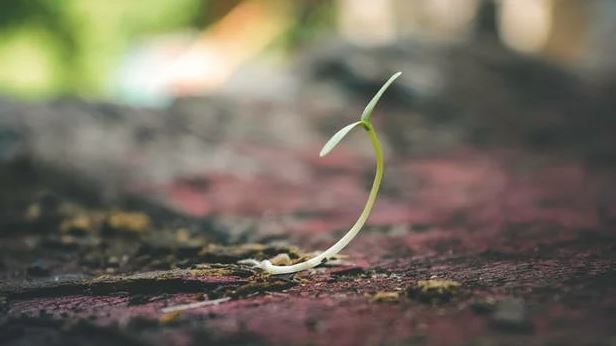Turquoise parrot: Breeding, Mutations Blue
Turquoise parrot (Neophema pulchella): The Blue Turquoise mutation
Turquoise parrot Introduction:
The Turquoise parrot (Neophema pulchella) is a small Australian parakeet present in many collections in Europe. There are several explanations for this. Firstly, it is not necessary to have huge aviaries, they do not create problems with neighbours because they are very quiet, they breed easily, and many colour mutations exist and can be combined to give very colourful birds. And, very rarely, a bird with a different colour.
The Blue Turquoise mutation:
In 2010, during a discussion with Dutch friends, I learned of the birth of a blue mutation Turquoise somewhere in Belgium. At that time, a very closed circle of breeders was in on the secret and very few people had the information. The search for this rare bird began. That same year, I had the opportunity to see some Turquoise called “blue”. As can be seen in the image, the male opaline single dark factor is not pure blue.
There are always psittacines on the belly and chest (yellow) but also on the back (green).
The pure blue mutation implies a total elimination of yellow and red psittacines in feathers. The bird should be blue and white. This image shows a great deal of blue suffusion with opaline on the body. But this is just an example.
I would like to make a comment here about another mutation which occurred in the Scarlet-chested Parrot Neophema splendida. In 2008, for the first time in the world, an opaline blue Scarlet-chested appeared in Mr. René De Laet’s aviaries are also a well-known Belgian breeder. This bird, a female, was born from a blue male and a blue female. I make this clarification to dismiss the idea of transmutation. The opaline Scarlet-chested appeared in the blue series in Mr De Laet, while the blue Turquoise does not yet exist. In addition, Mr De Laet did not breed Turquoise parrots.
You just have to compare the female Scarlet-chested opaline blue shown in the below image to the other pictures in this article of the female Turquoise opaline blue. The colours of these two birds is very similar, but with a discerning eye, one can notice the difference between these two birds. The Turquoise has a less extensive and less intensive mask than the Scarlet-chested, as well as many more shades of blue in the wing than the Scarlet-chested.
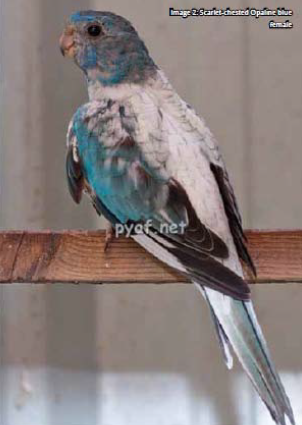
To return to the blue Turquoise, years passed and in early 2013 I was pleasantly surprised to receive a greeting card from Mr. Leo De Bot. On this card, it had a beautiful female opaline blue. Intrigued, I wanted to have more information. The few people who had seen the bird spoke of a pure blue Turquoise without mentioning a combination of mutations.
The Blue Turquoise mutation questions:
Many questions came to my mind about the history of this bird since the first report in 2010:
• Is this Turquoise opaline blue a descendant of the bird born in 2010?
• Had this female opaline blue already bred?
• How many Blue birds were there to date?
• Did this mutation appear in this breeder’s aviaries or did it come from another breeder?
All these questions have remained unanswered.
After several email exchanges with Mr. De Bot, an appointment was made in March 2013 to see a first in Europe and perhaps in the world: the pure blue mutation in the Turquoise parrot.
Mr De Bot had kept birds since 1965. He particularly likes colour mutations in large and small Australian parakeets. Combinations of mutations in Rosellas such as the Crimson Rosella (Platycercus elegans), Eastern Rosella (Platycercus eximius), Yellow Rosella (Platycercus flaveolus), but also Mallee Ringneck (Barnardius barnardi), Red-winged parrot (Aprosmictus erythropterus), Superb parrot (Polytelis swainsonii) and Red-rumped parrot (Psephotus haematonotus) are bred.
In the smaller species, some neophemas are appreciated, such as Bourke’s parrot (Neopsephotus bourkii), Scarlet-chested parrot (Neophema splendida) and Turquoisine parrot (Neophema pulchella). In Turquoise parrots, Mr. De Bot appreciates the combination of dilute opaline cinnamon with yellow belly and yellow chest. His goal was to produce this combination of mutations. This detail is important because it will cause the appearance of the blue mutation.
Here is how the blue bird arose.
Mr. De Bot wanted to breed a Turquoise dilute opaline cinnamon with a yellow belly and yellow chest. He bought a bird from England, two from the Netherlands and a fourth from Belgium. Two pairs were formed. With these two pairs of different blood, several young were born in 2009.
Of these young, he retained only a green opaline male split dilute and cinnamon, and a cinnamon female split dilute. All other young were sold. In 2010, the young pair bonded and produced a single chick in the first brood. There was no second brood that year. During the growth of the chick, the first feathers seemed different from what we would normally see. Indeed, the first feathers were white and blue.
This bird had no psittacine. There was neither red nor yellow on the bird. The belly and chest were pure white, and white patches were present on the back. Green was replaced by blue. After the first moult, development has shown that it was a pure blue opaline female (images below).
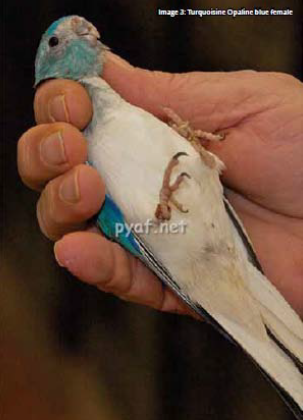
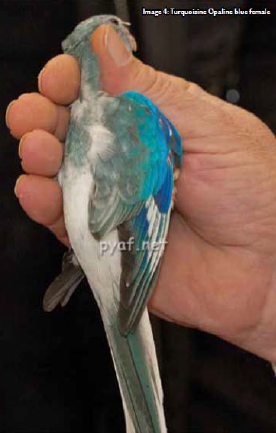
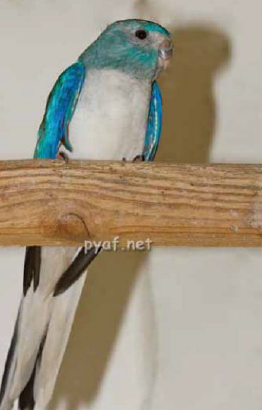
The small world of mutation enthusiasts panicked. The rumour was spread. Some of them did not hesitate to offer a lot of money. Indeed, some of those breeders have offered crazy amounts of money for this gem. The amount rose until it was equal to the cost of a pair of Hyacinth Macaws in Europe.
But none of these offers were accepted. The easy path of selling the chicks and their parents for a high price was not the objective. Despite the magnitude and difficulty of fixing this autosomal recessive mutation, Mr. De Bot was not intimidated.
He launched into this great and challenging adventure:
The parents of this female were kept together in the hope of producing a new blue bird. In 2011, the couple gave no young. A young male of new blood was paired with the female blue opaline in order to produce young wild-type split blue.
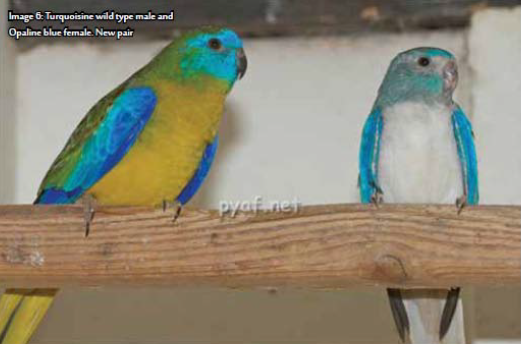
The problems continued in 2011 because this mutant female remained in the nest throughout the breeding season and never laid an egg. In early 2012, during a change of aviary, the reproductive female, mother of the blue, unfortunately, died at the hands of Mr. De Bot apparently from a heart attack. To date, the blue mutation carrier is only based on a blue male (father) and this young female blue opaline.
The scope of work with the breeding male is huge because its descendants will possibly be split for blue, which involves breeding more pairs in the hope of getting a new blue. That same year, the female blue opaline re-iterated the same scenario as in 2011. Mr. De Bot placed eggs of other neophemas under the female opaline blue. Chicks were perfectly raised by the pair.
Turquoise parrot Conclusion:
During our visit, there was still a lot of work and perseverance ahead before a new blue bird would be born. Creating a new mutation must be a very interesting challenge but how very difficult, especially with an autosomal recessive mutation. The chance to see the birth of such a rarity in his aviaries must be fantastic but he must also be anxious about the result. Good luck to Mr. De Bot and thank you for the very warm welcome. The future will tell us more about the sustainability of this mutation in the Turquoise parrot.
For further information on breeding and mutations neophemas, I recommend the book “A guide to Neophema and Neopsephotus Genera and their Mutations” by Alain Campagne, published by ABK Publications.
By: David Monroger

